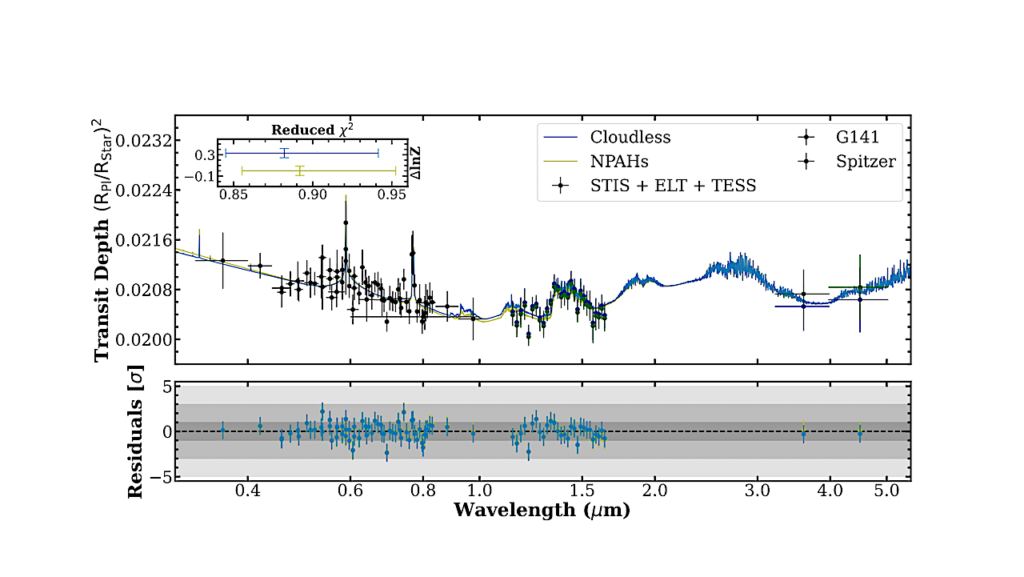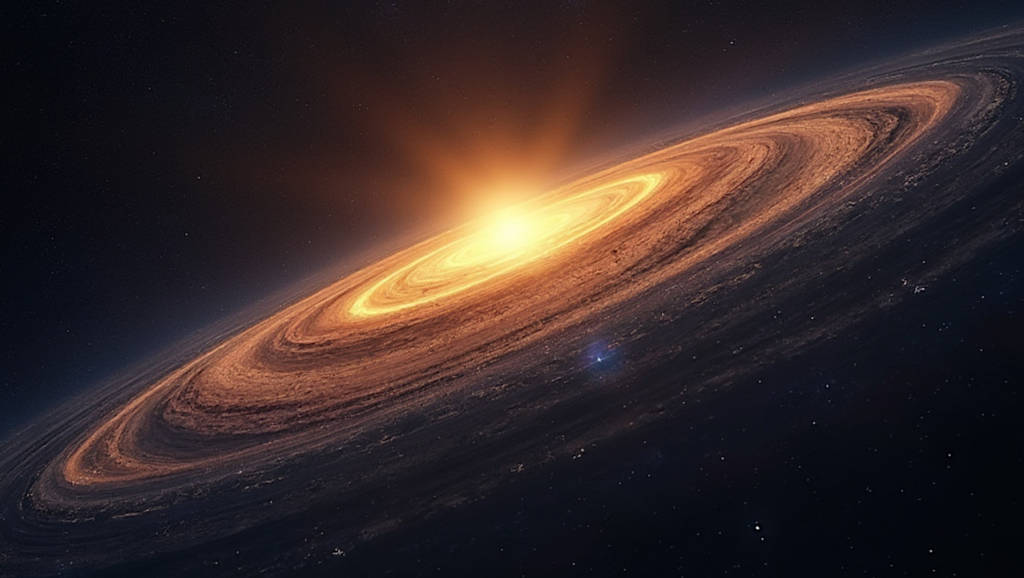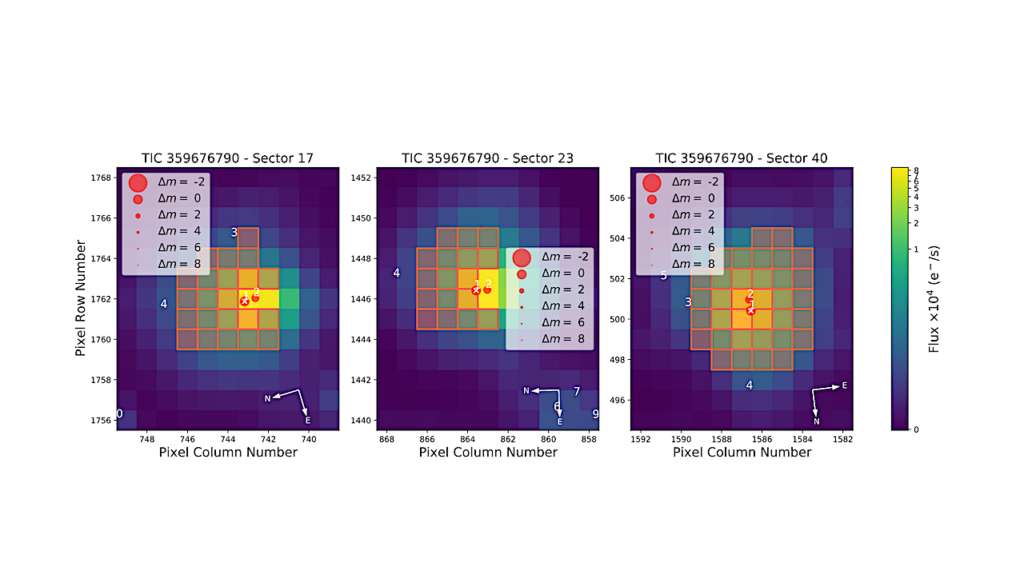The Distribution of Planet Radius in Kepler Multiplanet Systems Depends on Gap Complexity

The distribution of small planet radius (<4 R⊕) is an indicator of the underlying processes governing planet formation and evolution. We investigate the correlation between the radius distribution of exoplanets in Kepler multiplanet systems and the system-level complexity in orbital period spacing. Utilizing a sample of 234 planetary systems with three or more candidate planets orbiting FGK main-sequence stars, we measure the gap complexity (C) to characterize the regularity of planetary spacing and compare it with other measures of period spacing and spacing uniformity.
We find that systems with higher gap complexity exhibit a distinct radius distribution compared to systems with lower gap complexity. Specifically, we find that the radius valley, which separates super-Earths and sub-Neptunes, is more pronounced in systems with lower gap complexity (C<0.165). Planets in high complexity systems (C>0.35) exhibit a lower frequency of sub-Earths (2.5 times less) and sub-Neptunes (1.3 times less) and a higher frequency of super-Earths (1.4 times more) than planets in low complexity systems.
This may suggest that planetary systems with more irregular spacings are more likely to undergo dynamic interactions that influence planet scattering, composition, and atmospheric retention. The gap complexity metric proves to be a valuable tool in linking the physical characteristics of planets to their orbital configurations.
David R. Rice, Jason H. Steffen, Allona Vazan
Comments: 12 pages, 7 figures, submitted to ApJ Letters
Subjects: Earth and Planetary Astrophysics (astro-ph.EP)
Cite as: arXiv:2406.12239 [astro-ph.EP] (or arXiv:2406.12239v1 [astro-ph.EP] for this version)
Submission history
From: David Rice
[v1] Tue, 18 Jun 2024 03:28:34 UTC (1,232 KB)
https://arxiv.org/abs/2406.12239
Astrobiology,








